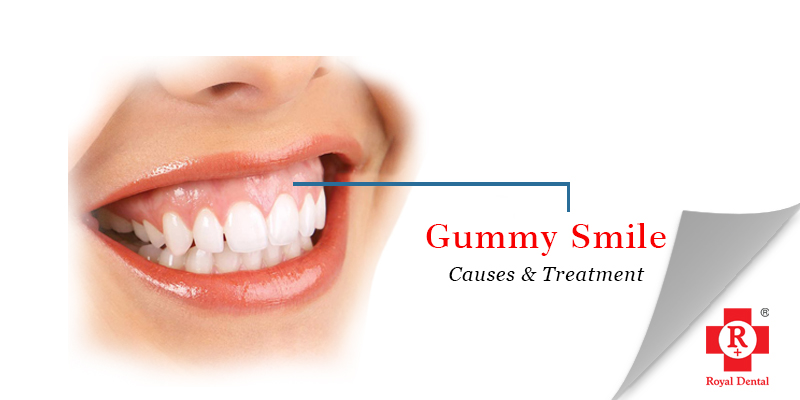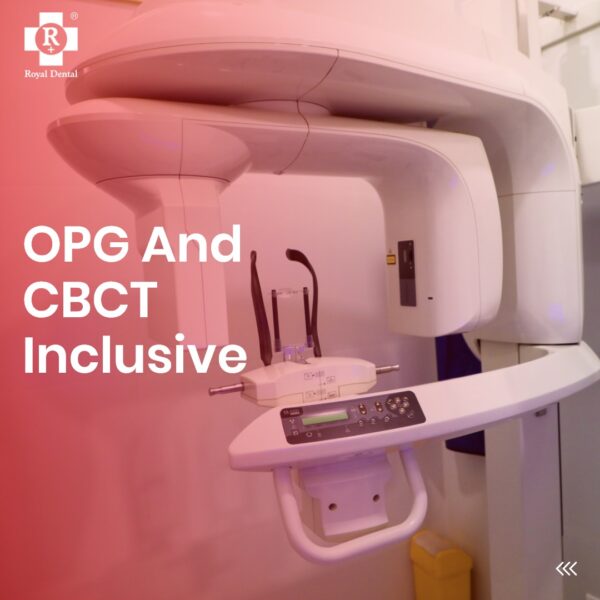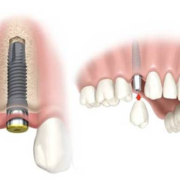Periodontal or gum disease is a way to restore the health and function of your teeth and gums. Yes, lasers can be an effective treatment for gum disease, also known as periodontal disease. Laser therapy is a minimally invasive and precise method that can help remove infected tissue and promote healing of the gums. Laser therapy works by using a small, focused beam of light to target and remove infected tissue, without damaging the surrounding healthy tissue. The laser energy also has a sterilising effect, which helps to kill bacteria and reduce inflammation. Visit your dentist before its too late.
What are Gum Disease ?
Gum disease is an infection caused by pathogens that feed on the blood in the oral cavity. Although the blood loss is small, it is constant, and if it goes untreated it can lead to irreversible damage to the gum tissue and tooth enamel. Periodontal disease can be caused by a number of factors, including diabetes, poor oral hygiene, and certain medications.
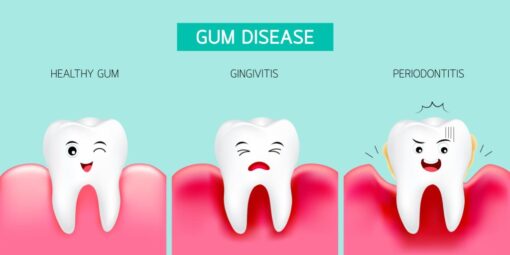
In some patients, however, no specific cause can be identified for the development of gum disease. It is important to note, however, that periodontal disease is not the same thing as tooth decay – the latter typically results from a build-up of bacteria inside the tooth rather than outside where the gum is attached. Laser therapy can be used to treat a range of periodontal issues, including gingivitis and periodontitis, as well as to remove excess gum tissue, reshape the gums, and remove tartar and plaque buildup.
What causes Gum Disease ?
Gum disease occurs when the gums become inflamed and red, and the surrounding tissue becomes swollen and tender. This type of inflammation is caused by a number of factors, including periodontal pathogens that feed on the blood in your mouth. Another cause of periodontal inflammation is stress, which can happen if you are under a lot of mental pressure or are going through a tough period in your life. If periodontal disease is allowed to go untreated, it can lead to irreversible loss of tooth support and the eventual loss of teeth. Many people mistakenly believe that having bad teeth is the result of a lack of effort to brush and floss. However, this is not the full truth.
Bad dental health is usually the result of an underlying cause like gum disease. Here are some factors that can lead to periodontal disease:
Improper brushing and flossing: If you brush and floss your teeth properly, you should not have a problem with gum disease. However, if you neglect to do so, then you are most likely experiencing periodontal disease.
Smoking: Cigarette smoke contains carcinogenic compounds that can lead to periodontal disease. If you smoke, you need to make the effort to quit so that you can get rid of this potentially damaging condition.
Poor oral hygiene: If you don’t brush and floss regularly, you are more likely to develop periodontal disease. If you don’t rinse your mouth with water after brushing, you can allow harmful bacteria to linger in your mouth and cause periodontal inflammation.
What are the symptoms of Gum Disease ?
The most common symptom of periodontal disease is the presence of bleeding between your teeth or between your gums and teeth. Other symptoms of periodontal disease include bad breath, pain when chewing, and an increased risk of tooth loss. Other possible symptoms include the following:
Discolouration of your teeth: Brown spots on your teeth are a sign that you may have gum disease. If you experience this symptom, you should immediately seek help from your dentist.
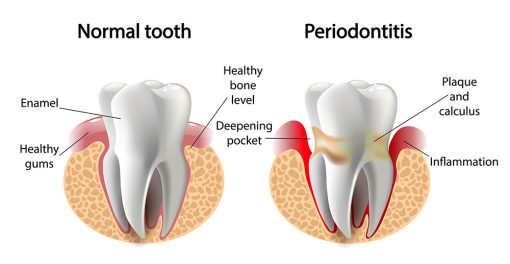
Grey or yellow stains on your teeth: If you have yellow stains on your teeth, you may be experiencing early tooth loss, also known as tooth attrition. You should immediately seek help from your dentist.
Bad breath: If you notice that you are constantly blowing your nose due to a foul smell coming from your mouth, you may have a sign of early gum disease. Bad breath usually occurs in people who have gum disease. You should seek help from your dentist immediately.
Are laser treatments recommended for Gum Disease ?
Laser treatment for gum disease is a highly effective treatment for periodontal disease, and it is very safe. Lasers have been used for many years to successfully treat gum disease, and there have been no reports of complications or side effects from the procedure. If you have periodontal disease, your dentist will first determine if you are a good candidate for laser treatment.
If you meet the requirements, the dentist will recommend that you undergo laser treatment for gum disease. While laser treatment for gum disease is extremely safe, it is important to note that it is not without its risks. To be on the safe side, your dentist will usually recommend that you follow up with a few root canal treatments to ensure that your teeth are healthy and strong before you proceed with laser therapy.
How does laser treatment for Gum Disease work?
During laser treatment for gum disease, an advanced laser system heats up the infected tissue. Killing off the harmful bacteria that are living inside your gum area. This process creates negative pressure in the affected area, which flushes the blood and lymphatic system clean and promotes healing. There are two types of laser systems that are used to treat periodontal disease: the noninvasive. Painless pulsed light (pulsed light therapy) and the invasive, pain-provoking nidus laser.
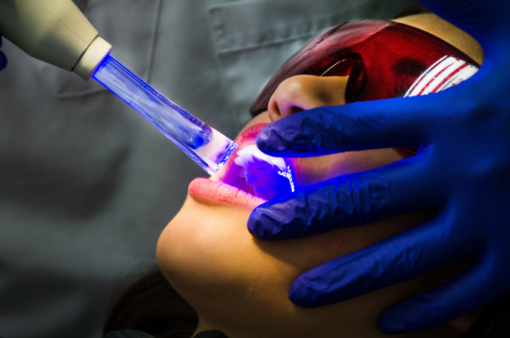
Noninvasive laser treatment for gum disease uses a pulsed light system that delivers visible light to your gum area. The visible light stimulates your body’s natural healing response, which leads to accelerated tissue repair. Intravenous (IV) nidus laser treatment for gum disease is a highly invasive procedure that is used to treat advanced gum disease. During this procedure, the laser is inserted into the infected tooth root to kill the bacteria that are causing the disease.
What are the benefits of laser treatment for Gum Disease ?
Laser treatment for gum disease is an effective way to kill off the harmful bacteria that are living inside your gum area, and it promotes rapid healing. Laser treatment for gum disease has a number of benefits, including the following:
It is highly effective: The laser is able to kill off the harmful bacteria that are living inside your gum area. Which promotes rapid healing.
Painless: The noninvasive pulsed light laser system is painless. Which makes it a good option for people who are sensitive to needles.
It is quick: The treatment only takes a few seconds and is usually done without any downtime.
It is safe: The laser is very safe. And you are unlikely to experience any side effects or complications from it.
The benefits of laser therapy for gum disease treatment include less bleeding, swelling, and discomfort compared to traditional gum surgery, faster healing time, and improved long-term outcomes. However, not all cases of gingival disease can be treated with lasers, and it is important to consult with a dental professional to determine the best course of treatment for your individual case.
What are the risks of laser treatment for Gum Disease ?
There are no major risks associated with laser treatment for gum disease. However, you should always consult with your dentist before undergoing the treatment. It is important that you take care of your teeth and gums so that they are in good condition before you undergo laser treatment. In addition to brushing twice a day and flossing once a week. You should also make sure to drink plenty of water to keep your mouth clean. To be safe, you should make sure to follow up with a few root canal treatments to ensure that your teeth are healthy and strong before you undergo laser therapy.
Side effects of laser treatment for Gum Disease ?
The side effects of laser treatment for gingival disease are usually minimal and temporary. The most common side effect is mild redness and swelling in the area where you had the treatment. However, if you experience any serious side effects while undergoing laser treatment for gum disease, you need to seek immediate help. Side effects that warrant immediate medical attention include the following:
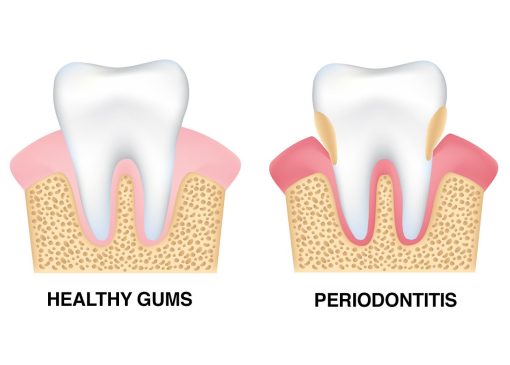
Severe pain or burning in the affected area: If the laser causes you to experience severe pain or burning in the affected area. You should immediately see your dentist.
Difficulty breathing or swallowing: In rare cases, the laser may cause you to experience difficulty breathing or swallowing. If this occurs, you should seek medical attention immediately.
Severe bleeding or bruising: If the laser treatment results in severe bleeding or bruising, you should contact your dentist immediately. Your dentist will be able to tell you if you should see a doctor and determine if you should receive follow-up care.
How long does laser treatment for Gum Disease take?
The laser treatment for gum disease takes between 5 and 15 minutes. The treatment for gum disease can be performed on a single appointment day. Or it can be scheduled for multiple appointments. The cost of laser treatment for periodontal disease depends on the frequency of treatment. Whether it is a single or multiple-visit treatment, how many teeth are being treated, and the length of treatment. The average cost per laser treatment session is $180. In some cases, such as for patients who have had repeated gum disease. For ongoing tooth decay, and who have lost a significant number of teeth. Laser treatment for gum disease may be the best option.

